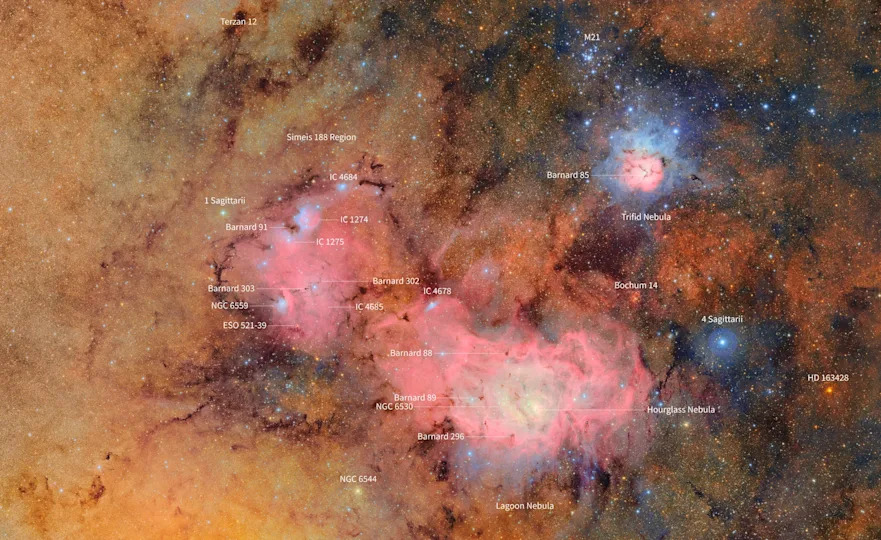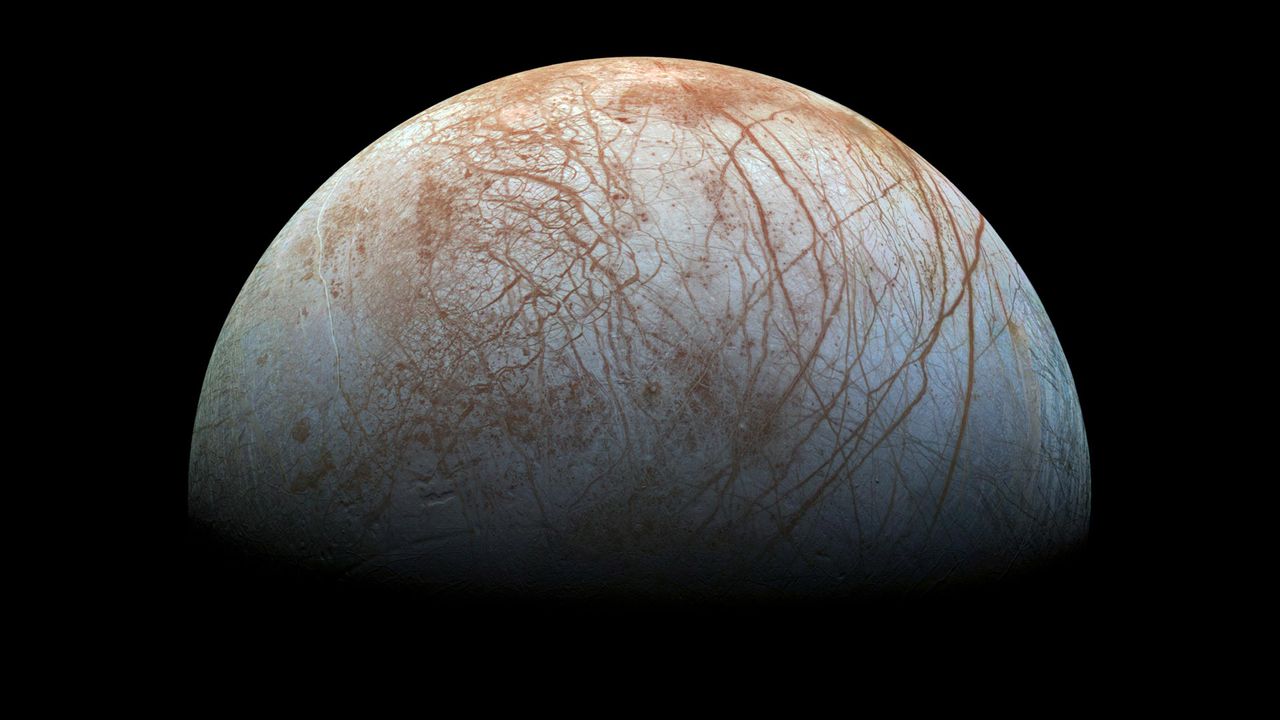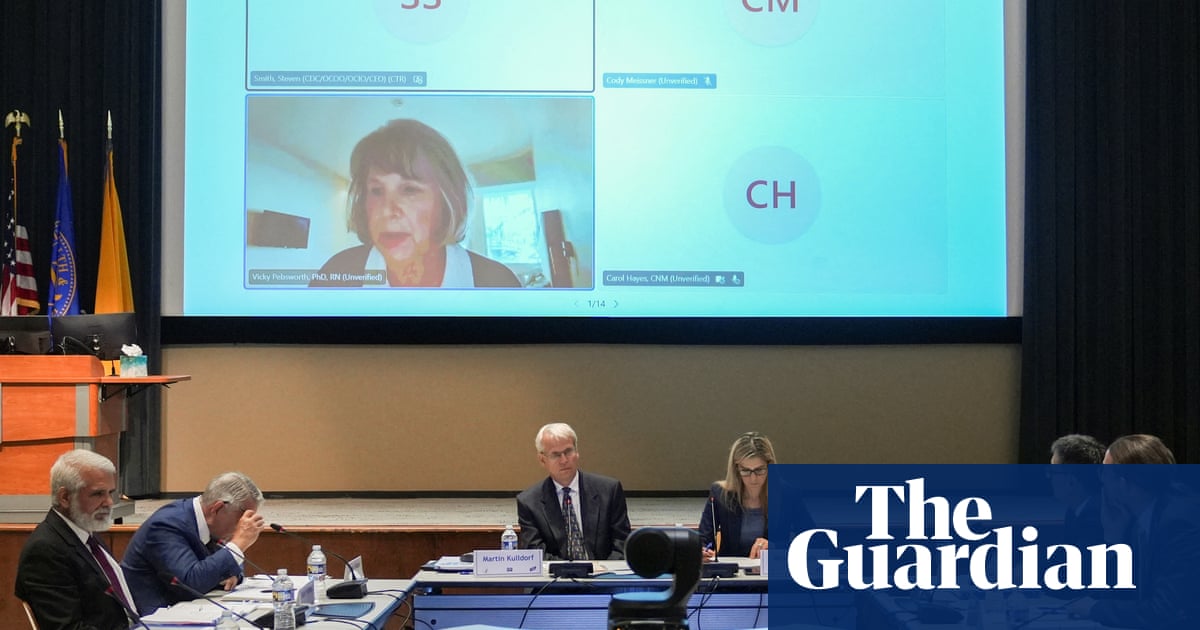World’s Largest Telescope Captures First Close-Up of “Cotton Candy” Nebula

The Vera C. Rubin Observatory, perched high in the Andes Mountains of Chile, has unveiled the first close-up images of the “cotton candy” nebula, a vibrant interstellar cloud of gas and dust. This remarkable achievement was made possible by the observatory’s powerful telescope, which boasts the largest digital camera on Earth. The images provide an unprecedented view of the nebula, officially known as the Trifid Nebula, located approximately 5,000 light-years from Earth.
The observatory’s debut images also feature the Lagoon Nebula, another striking formation situated about 4,000 light-years away. Both nebulae reside in the constellation Sagittarius and were captured in a composite image created from over 678 exposures taken during a seven-hour period. These stunning visuals highlight the observatory’s capability to peer deep into space, capturing galaxies tens of millions of light-years away.
Unveiling the Cosmos: The Role of the Vera C. Rubin Observatory
Named after the pioneering astronomer Vera C. Rubin, the observatory is a testament to international collaboration, funded by the United States and designed to explore the mysteries of the universe. Its long-term mission, set to commence later this year, involves nightly sky scans over the next decade. The goal is to deepen our understanding of the early universe and its enigmatic components, such as dark energy.
Brian Stone, the chief of staff at the National Science Foundation, emphasized the observatory’s potential impact. In a statement, he noted,
“The Rubin Observatory is expected to capture more information about our Universe than all optical telescopes throughout history combined.”
This ambitious project aims to unravel cosmic mysteries, including the elusive dark matter and dark energy that permeate our universe.
The Science Behind the Images
The observatory’s ability to capture such detailed images stems from its state-of-the-art technology. The telescope’s massive digital camera allows for high-resolution imaging, essential for studying distant celestial phenomena. The Trifid and Lagoon Nebulae, with their bright pink and blue hues, are prime examples of the observatory’s capabilities.
These nebulae are more than just visually stunning; they play a crucial role in star formation. Interstellar clouds like these are the birthplaces of new stars, as gravity pulls gas and dust together to form stellar nurseries. The detailed imagery from the Rubin Observatory provides scientists with valuable data to study these processes in greater depth.
Implications for Astronomy and Beyond
The unveiling of these images marks a significant milestone in astronomical research. By providing a clearer view of the universe’s structure, the Rubin Observatory is poised to make groundbreaking discoveries. The data collected will not only enhance our understanding of star formation but also contribute to broader cosmological studies.
As the observatory begins its decade-long mission, astronomers anticipate uncovering new insights into the universe’s origins and evolution. The potential to explore dark matter and dark energy could revolutionize our comprehension of these fundamental forces.
Looking ahead, the Vera C. Rubin Observatory stands as a beacon of scientific advancement, promising to expand our knowledge of the cosmos and inspire future generations of astronomers. The “cotton candy” nebula images are just the beginning of what promises to be a transformative era in space exploration.






